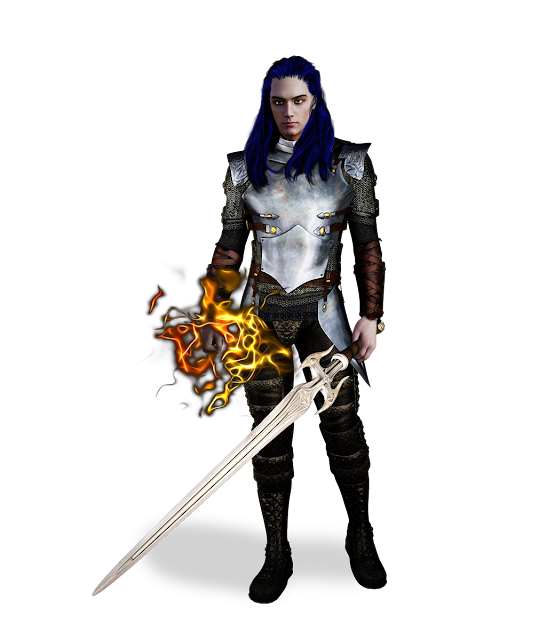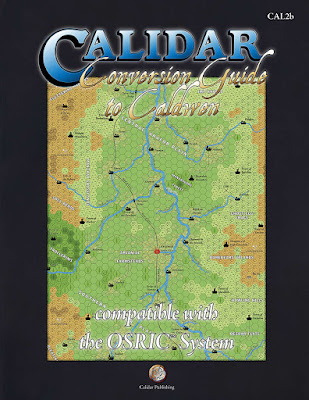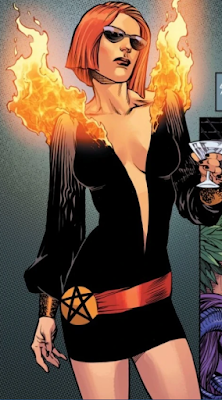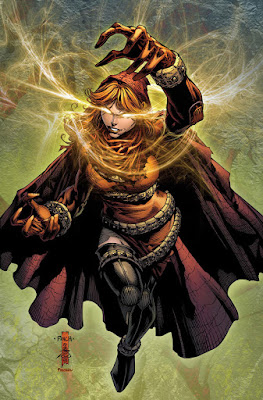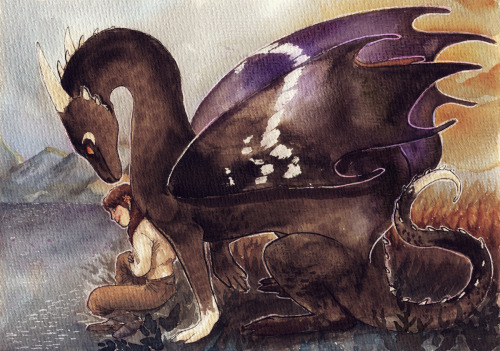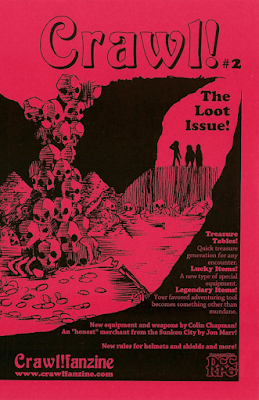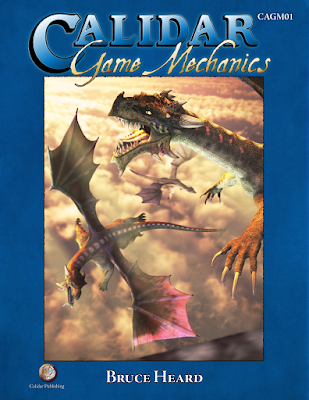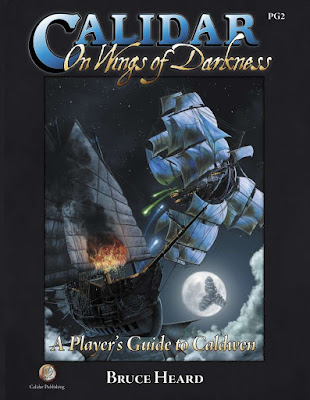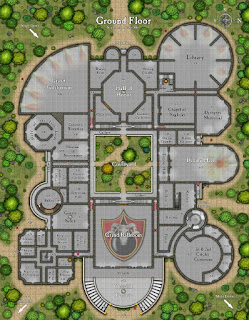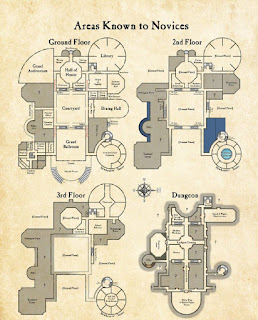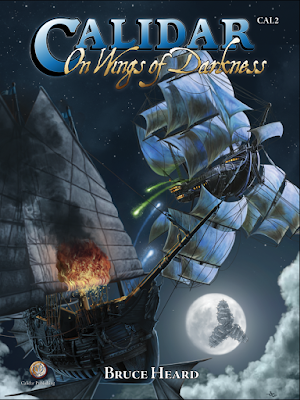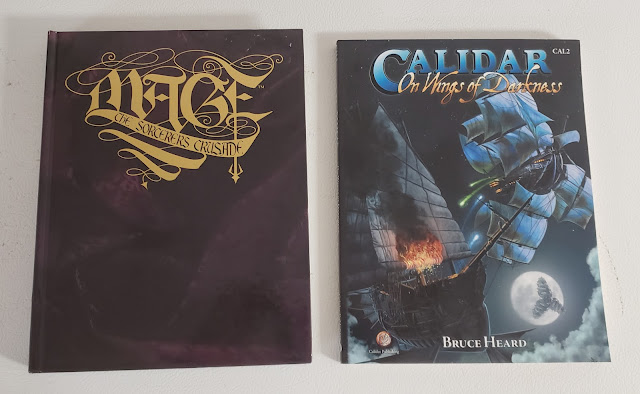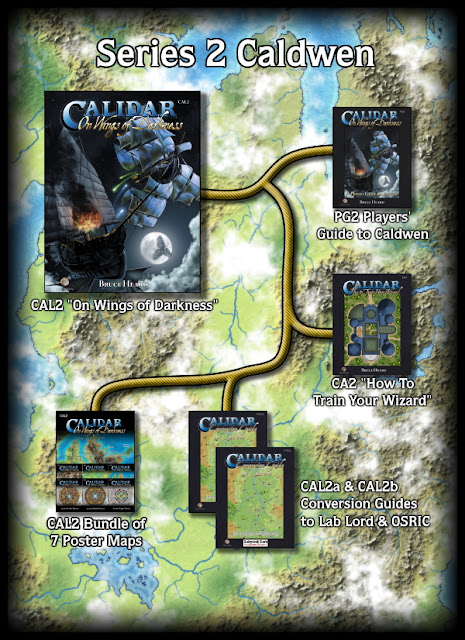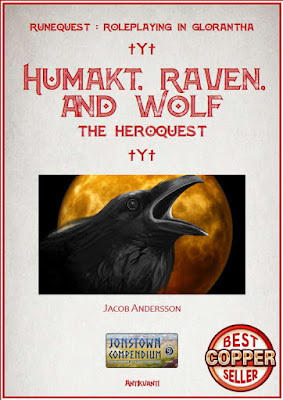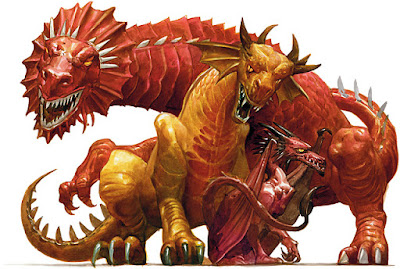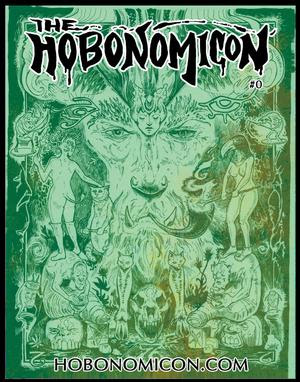
On the tail of Old School Renaissance has come another movement—the rise of the fanzine. Although the fanzine—a nonprofessional and nonofficial publication produced by fans of a particular cultural phenomenon, got its start in Science Fiction fandom, in the gaming hobby it first started with
Chess and
Diplomacy fanzines before finding fertile ground in the roleplaying hobby in the 1970s. Here these amateurish publications allowed the hobby a public space for two things. First, they were somewhere that the hobby could voice opinions and ideas that lay outside those of a game’s publisher. Second, in the Golden Age of roleplaying when the Dungeon Masters were expected to create their own settings and adventures, they also provided a rough and ready source of support for the game of your choice. Many also served as vehicles for the fanzine editor’s house campaign and thus they showed another DM and group played said game. This would often change over time if a fanzine accepted submissions. Initially, fanzines were primarily dedicated to the big three RPGs of the 1970s—
Dungeons & Dragons,
RuneQuest, and
Traveller—but fanzines have appeared dedicated to other RPGs since, some of which helped keep a game popular in the face of no official support.
Since 2008 with the publication of
Fight On #1, the Old School Renaissance has had its own fanzines. The advantage of the Old School Renaissance is that the various Retroclones draw from the same source and thus one
Dungeons & Dragons-style RPG is compatible with another. This means that the contents of one fanzine will compatible with the Retroclone that you already run and play even if not specifically written for it.
Labyrinth Lord and
Lamentations of the Flame Princess Weird Fantasy Roleplay have proved to be popular choices to base fanzines around, as has
Swords & Wizardry. Another choice is
Dungeon Crawl Classics Role Playing Game.
‘Escape from Planet Punjar’ was actually a character funnel. One of the features of both the
Dungeon Crawl Classics Role Playing Game and the
Mutant Crawl Classics Roleplaying Game is that is possible to play Zero Level characters going out on their first adventure to hopefully survive and return as First Level adventurers. In a character funnel, each player roleplays not one character, but several, ultimately going on to play whichever one of them survives and so achieves First Level and attains a Class. In
Dungeon Crawl Classics Role Playing Game, the Zero Level characters are likely to be peasants and in
Mutant Crawl Classics Roleplaying Game, they are simple tribal folk ready to undergo their Rite of Passage, but in ‘Escape from Planet Punjar’, the Zero Level characters are citizens living in the lightless, lawless bowels of the ecumenopolis that is Planet Punjar. It is the year 50,000 and the collision of the Doom Planet with Planet Punjar is imminent, and so it has been decreed by the High Lords of Punjar that the planet be evacuated.
Published in August 2nd, 2018 at Gen Con,
The Hobonomicon #0 was the inaugural issue of a fanzine written for
Dungeon Crawl Classics Role Playing Game. Unlike other fanzines, it comes not in A5 format, but letter size. Written and drawn by many of the some writers and artists who work on titles for Goodman Games—whether
Dungeon Crawl Classics Role Playing Game or
Mutant Crawl Classics Roleplaying Game – Triumph & Technology Won by Mutants & Magic—
The Hobonomicon is the book of the void and of unbelievers, a legendary shadow tome of doom architects and fallen chaos martyrs. Or rather, it presents ‘Escape from Planet Punjar’, a full scenario based on
Doug Kovacs’ after hours game at Gen Con.
At the end of ‘Escape from Planet Punjar’ in
The Hobonomicon #0, the surviving player characters got off the planet. What happens next is the subject of
The Hobonomicon #1. Again, this comes in letter format rather A5 and is written and illustrated by the same team as
The Hobonomicon #0. Yet even as you flip open the pages of this issue, you still have to wait to find out. This is because unlike in
The Hobonomicon #0, the comic strips appear at the front. ‘Dreams of a Klartesh Fiend’ continues the drug induced nightmare written by James MacGeorge and drawn by Stefan Poag, whilst Doug Kovacs’ ‘Death of a Reaver’ shows us happens to the lone warrior who was beset by a trio of bandits in the first issue who bar her way over a bridge. It is a bloody continuation, but again it does leave the reader on a cliffhanger and really does not tell much in the way of a story in its four pages. In between them is ‘The Cube’, a tale of despair of working in a cube farm by Stefan Poag. It has the style of an underground comic, but really is not adding that much to the issue.
The subtitle of
The Hobonomicon #1 is ‘Meat Planet’. It is a continuation of ‘Escape from Planet Punjar’ from
The Hobonomicon #0, but not a direct continuation, for it takes place some five hundred or so years after the ships escaped Punjar and joined up with the flotilla of Astro Grenadier vessels. As the scenario opens, the descendants of those who fled doomed Punjar are called to service as part of an Expeditionary Force to the planet below. The player characters are the best that their ships have to offer and in joining the service of the Astro Grenadier, will plead affiliation with one of the flotilla’s four Astral Lords. They will undergo a series of procedures—hypno-training, cyber-surgeries, chemical enhancements, and more—and sent to the planet below.
In game terms, a player can create a character anew, or take the stats of his character who escaped Planet Punjar, but then the player rolls for the character’s Astral Lord Affiliation, mutations from the flotilla effects, flotilla generational effects, and what equipment loadout each Astral Lord provides the character with. The four Astral Lords are Urcommandus, Quintestus Rex, Alpha Divinatus, and Felis Matronus. There is a distinctly
Warhammer 40,000 feel to these, but odder and weirder.
Fingle Woznekki IV
Astral Affiliation: Quintestus Rex
Gender: Female
Occupation: Anarchist Rabble Rouser
STR 18 (+3) AGL 11 STM 16 (+2)
PER 13 (+1) INT 17 (+2) LCK 16 (+2)
Hit Points: 30
Saving Throws
Fortitude +1 Reflex +0 Willpower +1
Mutations: Attracted to anything sticky, only two teeth and ear cancer (immune to sound attacks)
Flotilla Generational Effects: Bad Seals & Low Atmospheric Pressure, Inbreeding and phobia of crowds, Cyber-prosthetics Reliance (genitals), Increased Gravity
Equipment: Robot Legs (+10’ Mov), Flail Arm (1d10), Metal Carapace (+4 AC), Oil-Stained Vestment
Skill: Tinkerer (Combine two items to create a one-use techno-cantrip)
Once done, the newly developed Astral Lord adherents are dropped onto the newly discovered planet. The planet has a strange atmosphere and weirder features, walls which drip fluids, rooms with bone-like supports, veiny-walled corridors, and odd multi-buttoned protuberances. As the player characters explore the planet, they find themselves drawn deeper and deeper towards the centre. What they find there will have profoundly apocalyptic effects…
‘Meat Planet’ requires more preparation than the average scenario. The Judge is provided with a series of tables for randomly generating rooms and corridors, features, and more. She is also provided with a table of possible endings and one of these is generated as part of the scenario preparation. Some of these elements can be rolled on as the player characters progress through the bowels of the weirdly fleshy plant, but these should be mixed in with those already rolled for. Essentially, from the start, the Judge sets up the scenario’s ending and is directing the players and their characters towards it.
Ultimately in terms of a story, there is not a great deal to ‘Meat Planet’. Although there is a certain degree of cleverness to the guidance it gives on running the scenario at a convention as part of an event in which ‘Meat Planet’ is being run at each table, beyond a sense of doom, it is just not that interesting. The main problem is that ‘Escape from Planet Punjar’ from
The Hobonomicon #0 is a better scenario, more involving for the players and their characters, and with a sense of urgency to the plot. In ‘Meat Planet’ less so. Plus, the fact that ‘Meat Planet’ is set five centuries after the events of ‘Escape from Planet Punjar’ means it fails to capitalise on the terrific story that ‘Escape from Planet Punjar’ told.
Bar the cover—which is done in colour, front and back, inside and out—
The Hobonomicon #1 is heavily illustrated in black and white throughout. The artwork is excellent, ranging from grim to gruesome, from daft to disturbing, but it all fits. The writing is also good too, perhaps a little underwritten, but enough to nudge the Judge’s imagination, although that will be limited by the environment of the ‘Meat Planet’.
One of the things that
The Hobonomicon #0 did do was showcase how the
Star Crawl Classics Role Playing Game might start, and one of the things that
The Hobonomicon #1 does is showcase how such a
Star Crawl Classics Role Playing Game might go in a particular direction. Unfortunately, it is not a desperately interesting direction. Again, if what you are looking for is a potential introduction to a Science Fiction version of
Dungeon Crawl Classics Roleplaying Game, a scenario which can be semi-improvised at convention after convention, or perhaps you like Doug Kovacs’ (and others’) art, then
The Hobonomicon #1 is perfect for you. Be aware though,
The Hobonomicon #1 is simply not as good or as engaging as
Hobonomicon #0.
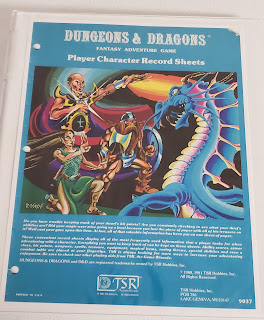 One of the things I have been doing as part of my Back to Basics is creating characters using all the Basic-era clones I have. In particular I have been looking for characters that optimize the system in question. There things you can do in Labyrinth Lord for example that you can't do in OSE and things you can do in Blueholme that you can't do in either of the other games.
One of the things I have been doing as part of my Back to Basics is creating characters using all the Basic-era clones I have. In particular I have been looking for characters that optimize the system in question. There things you can do in Labyrinth Lord for example that you can't do in OSE and things you can do in Blueholme that you can't do in either of the other games.